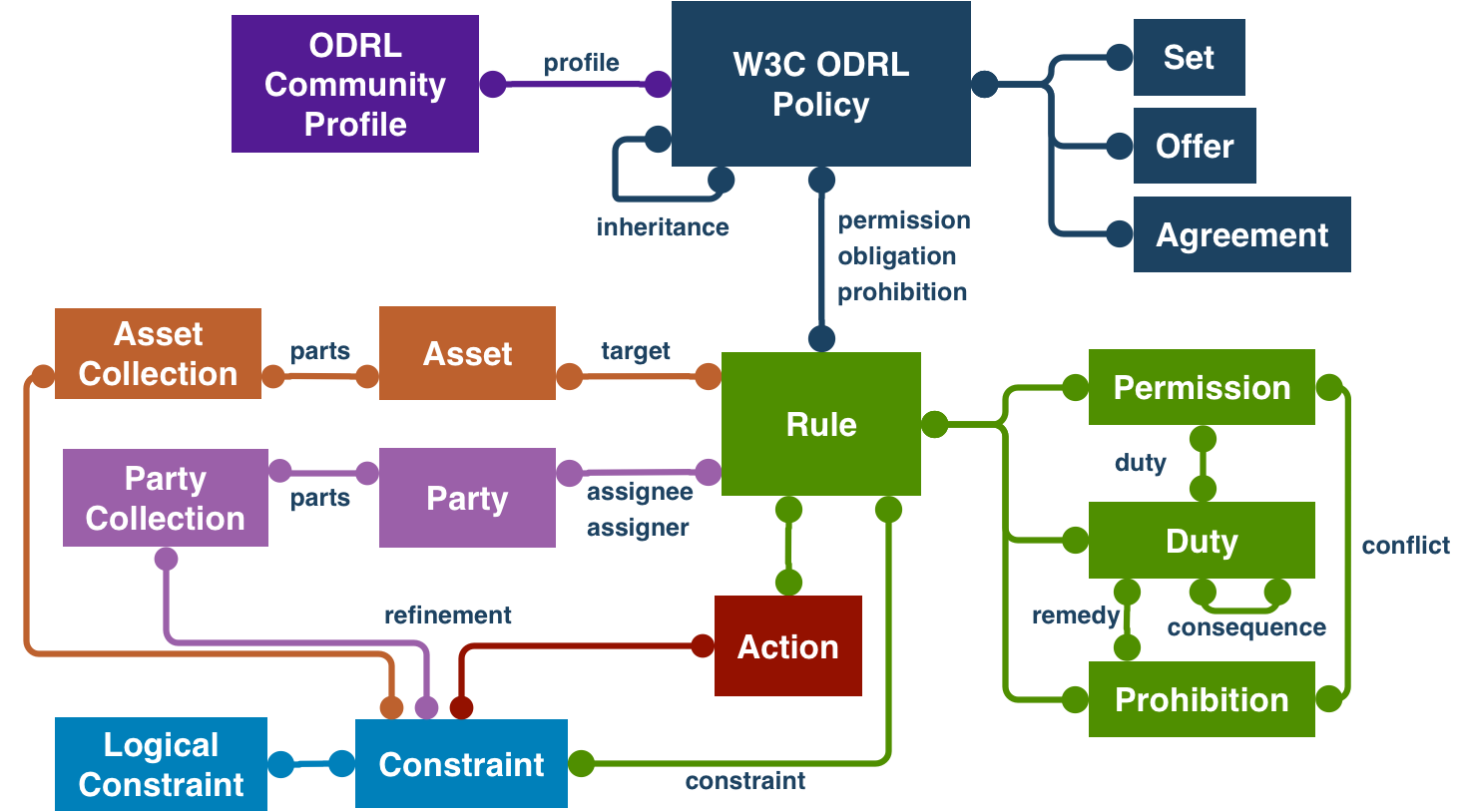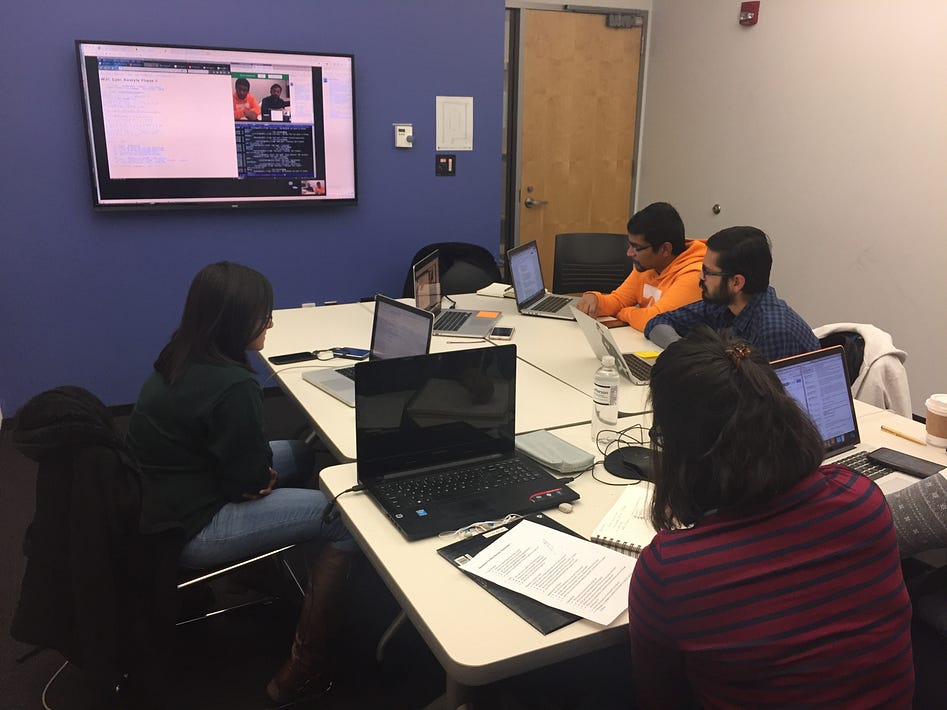 The Arabic Layout Task Force, part of the W3C Internationalization Interest Group, has published a First Public Working Draft of Text Layout Requirements for the Arabic Script. This document describes the basic requirements for Arabic script layout and text support on the Web and in eBooks. These requirements provide information for Web technologies such as CSS, HTML and digital publications about how to support users of Arabic scripts. Currently the document focuses on Standard Arabic and Persian. Public comments are welcome, please raise them as github issues.
The Arabic Layout Task Force, part of the W3C Internationalization Interest Group, has published a First Public Working Draft of Text Layout Requirements for the Arabic Script. This document describes the basic requirements for Arabic script layout and text support on the Web and in eBooks. These requirements provide information for Web technologies such as CSS, HTML and digital publications about how to support users of Arabic scripts. Currently the document focuses on Standard Arabic and Persian. Public comments are welcome, please raise them as github issues.
Read how W3C Internationalization (i18n) is making the World Wide Web worldwide.


